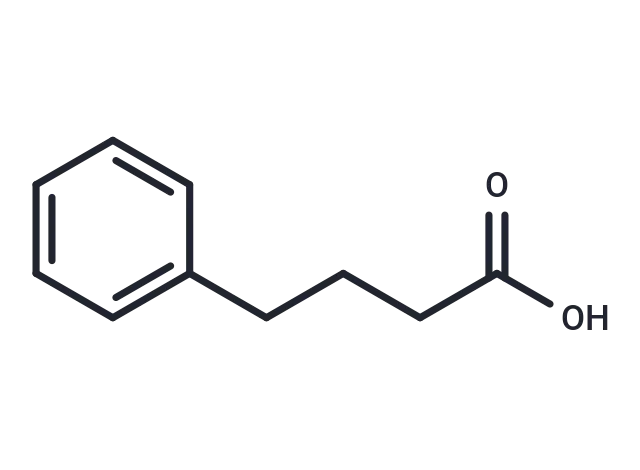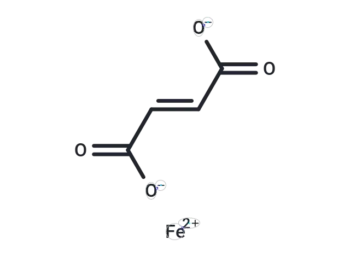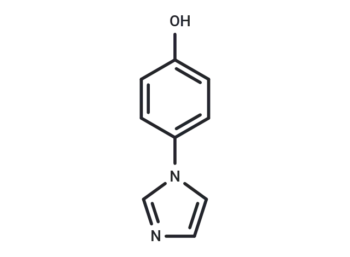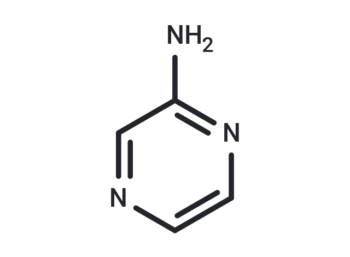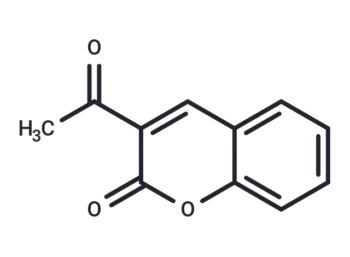Download Files:
4-Phenylbutyric acid
41 USD – 50 USDPrice range: 41 USD through 50 USD
Products Details
Product Description
– 4-Phenylbutyric acid (Benzenebutyric acid) is a histone deacetylase (HDAC) inhibitor and an endoplasmic reticulum stress (ERS) inhibitor. 4-Phenylbutyric acid can be used to treat urea cycle disorders.
Web ID
– T5886
Storage Temperature
– -20℃
Shipping
– Blue Ice
Molecular Formula
– C10H12O2
Citations
– 1. Wang H, Chen J, Bai G, et al. mTOR Modulates the Endoplasmic Reticulum Stress-Induced CD4 + T Cell Apoptosis Mediated by ROS in Septic Immunosuppression. Mediators of Inflammation. 2022
2. Dong L, Xu M, Li Y, et al.SMURF1 attenuates endoplasmic reticulum stress by promoting the degradation of KEAP1 to activate NRF2 antioxidant pathway.Cell Death & Disease.2023, 14(6): 361.
3. Yu Y, Wu T, Zhang X, et al.Regorafenib activates oxidative stress by inhibiting SELENOS and potentiates oxaliplatin-induced cell death in colon cancer cells.European Journal of Pharmacology.2023: 175986.
4. Wu T, Yu Y, Tu X, et al.Tubeimoside-I, an inhibitor of HSPD1, enhances cytotoxicity of oxaliplatin by activating ER stress and MAPK signaling pathways in colorectal cancer.Journal of Ethnopharmacology.2024: 118754.
5. Zhu Y, Wang L, Li Z, et al.Acid-sensing ion channel 1a promotes alcohol-associated liver disease in mice via regulating endoplasmic reticulum autophagy.Acta Pharmacologica Sinica.2024: 1-13.
6. Efficacy and mechanism of inhibition of the GPR30-PI3K pathway by 4-phenylbutyric acid in the treatment of intrahepatic cholestasis of pregnancy
References
– Tsg-Hui C , Eva S . Enhanced growth inhibition by combination differentiation therapy with ligands of peroxisome proliferator-activated receptor-gamma and inhibitors of histone deacetylase in adenocarcinoma of the lung[J]. Clinical Cancer Research, 2002, 8(4):1206-1212.
CAS Number
– 1821-12-1
Molecular Weight
– C10H12O2
Compound Purity
– 0.9976
SMILES
– C(CCC(O)=O)C1=CC=CC=C1
Pathway
– Chromatin/Epigenetic|||Microbiology/Virology|||DNA Damage/DNA Repair
Product type
– Small Compound
Disclaimer: All products are for Research use only unless clearly stated otherwise on the product datasheet. Datasheets provided on the website are drafts for reference purpose only and you are requested to always refer to the hard copy included in the kit for your experimentation. Agdia Products are available for delivery only in Canada.
Related Products
1000 in stock
1000 in stock

